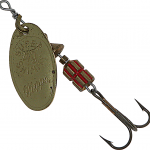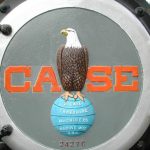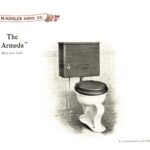Driving through Antigo, visitors are often puzzled by a sign proclaiming “Squirrel Tails Wanted” advertised by Sheldons’ Inc., manufacturer of Mepps lures. Squirrel tail hair has unique properties ideal for lures. [1] Its addition to the Anglia has proven to be the most successful improvement to the classic spinner invented in France in 1938.
The discovery of this upgrade was due to a chance encounter. Sometime in the 1960s, Todd Sheldon was trout fishing at one of his favorite spots on the Wolf River, as he often did. He was having pretty good luck with his Mepps lure. But he noticed that a young boy was reeling in even larger trout. Sheldon’s competitive nature led him to investigate. The boy was also using Mepps lures, but he had made a slight modification. He had attached a small tuft of squirrel tail to the hook.
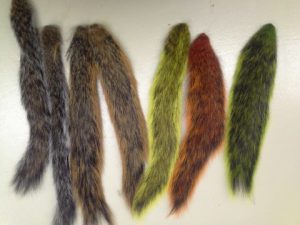
Sheldon returned to the shop and began to tinker with his lures. He tried dressing his hooks with hair from bear, fox, coyote, badger, skunk, and deer. Only squirrel tail or buck tail hair did not become matted when wet and continued its pulsating action in the water, an action that attracted trout. And so began the demand for squirrel tails. Up went the roadside sign at Sheldons’ that announced, “Squirrel Tails Wanted.”
Tails arrive from around the country, earning the sender 17 cents per tail, a price that has been constant for decades. Sheldons’ has refused to increase the amount it offers for tails to discourage hunting exclusively for tails. A typical Wisconsin squirrel tail is generally good for about ten lures but different varieties of squirrels from other regions may yield more. They may be dyed different colors for variety.
For over one-half century Sheldons’ has purchased squirrel tails. They are not as easily obtained today as they were in the 1960s since there is decreasing interest nationwide in dining on squirrel meat. Originally Sheldon’s would receive well over 100,000 squirrel tails a year from around the country, occasionally as many as 200,000. That number has dropped to around 50,000 today. Sheldons’ is able to meet its quota for fur by also using buck tails.[2]
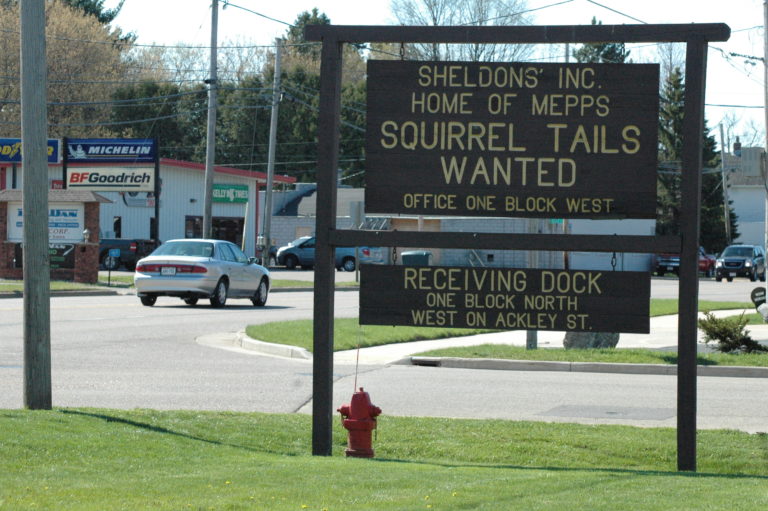
Written by Joe Hermolin, October 2015.
FOOTNOTES
[1] Robert C. Willging, “The Mepps Story,” History Afield: Stories from the Golden Age of Wisconsin Sporting Life (Madison: Wisconsin Historical Society Press, 2011), 21-24.
[2] Mike Sheldon, personal communication with the author.
Featured image: The Mepps lure as sold today. Image courtesy of Mepps.
RELATED STORES

Building a Tourism Industry in Northern Wisconsin
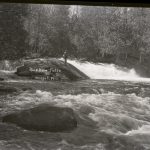
The Wolf River
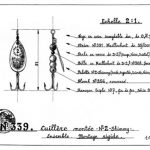
Mepps Lures: The Antigo Connection
